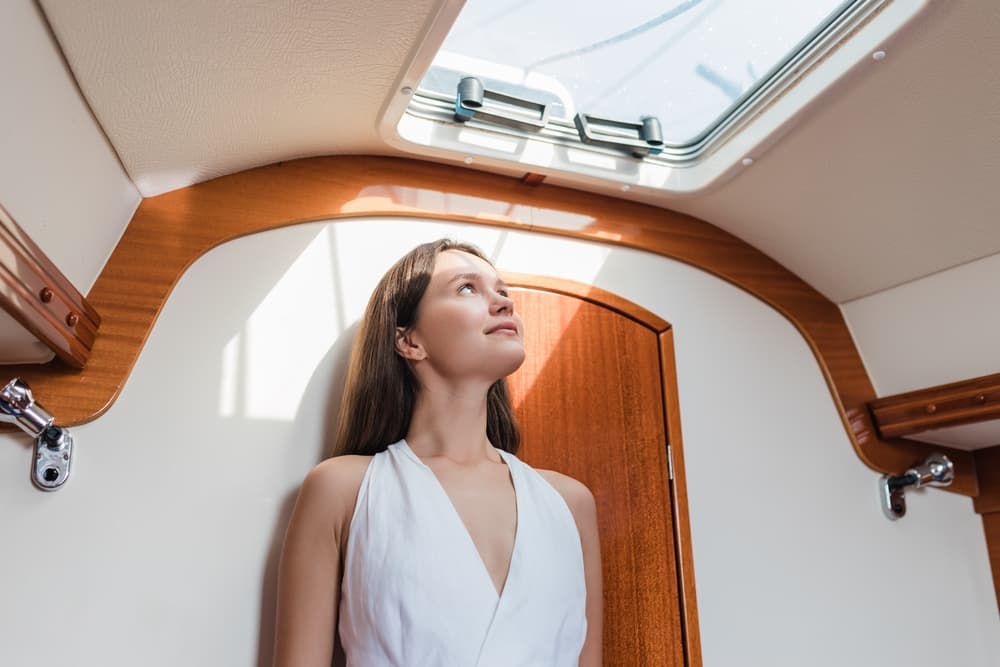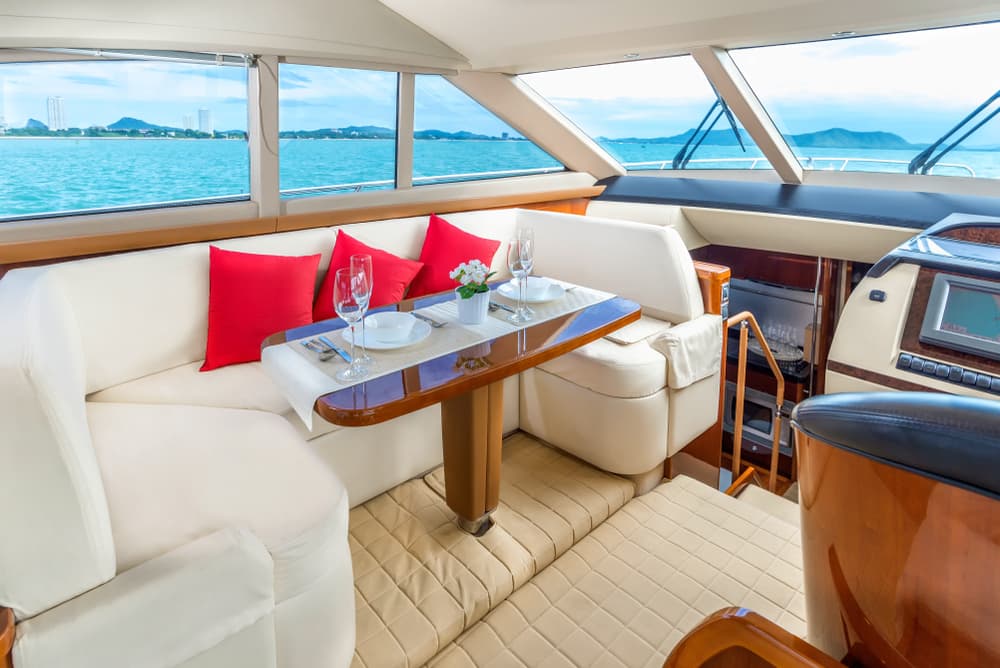When enjoying your time out on the water, having a comfortable and climate-controlled environment can greatly enhance the experience. Installing an AC unit in your boat can provide that extra level of comfort, allowing you to escape the heat during those scorching summer days.
In this blog, we’ll walk you through installing an AC unit in your boat. Follow the following steps, and we will ensure you have a cool and relaxing journey.
Steps
Here is how to install your marine air conditioner:
Design the System
Before installing the system, remember to design how many units are needed and how they will fit in your boat. Many brands provide these units, and Cruise RO also steps up to contribute. If you are looking for quality systems, consider looking into our Frigomar products.
Purchase the Necessary Tools and Materials for the Installation
Before you begin, ensure you have all the tools and materials needed for the installation. This includes the marine AC system, wiring, a circuit breaker, mounting brackets, and insulation materials.
Choose the Right Location
Select a suitable location for the AC unit. It should be well-ventilated and have easy access for maintenance. Ensure the chosen spot doesn’t obstruct other boat systems or compromise structural integrity.
Mount the Unit
Securely attach the AC unit to the chosen location using the mounting brackets. This step requires precision and attention to detail, as a well-mounted unit ensures proper functioning and minimizes vibrations.

Install Ducting and Vents
Carefully install the ducting to ensure optimal airflow throughout the boat’s interior. Place vents strategically to evenly distribute cool air and avoid creating cold spots. When properly installed, the ducting should function efficiently and effectively to keep the boat’s interior cool and comfortable.
Connect and Test the System
Follow the manufacturer’s guidelines to connect the AC unit to the boat’s electrical system. It’s crucial to adhere to safety standards and ensure a proper connection to prevent electrical hazards.
Before you set sail, test the AC unit thoroughly. Check for proper cooling, airflow, and any unusual noises. This step allows you to identify and address any issues before you’re out on the water.
Should AC and DC Grounds Be Connected on a Boat?
A common question during boat AC installations is whether AC and DC grounds should be connected. The answer is a resounding no. AC (alternating current) and DC (direct current) systems should remain separate, with their own distinct grounding systems. Mixing these systems can lead to safety hazards and interfere with the proper functioning of various onboard electronics.
AC and DC systems operate differently, with varying voltage levels and potential risks. Combining their grounding systems can result in electrical interference, corrosion, and the risk of electrical shock. It’s essential to maintain the integrity of each system’s grounding for the safety of passengers and the longevity of your boat’s electrical components.
Top-of-the-Line AC Systems
Installing an AC unit in your boat can significantly enhance your boating experience, providing much-needed relief from the heat. By carefully following the steps outlined, you can ensure a successful installation that keeps you cool throughout your journey. Safety is paramount, so maintain proper wiring, grounding, and ventilation.
Cruise RO is committed to providing you with the best products and services. Our business produces a superior water maker in addition to a cheaper one. We make a concerted effort to provide fellow cruisers options for their power generation, marine refrigeration, and water maker requirements that are both inexpensive and cruiser-tested. Contact us today!




